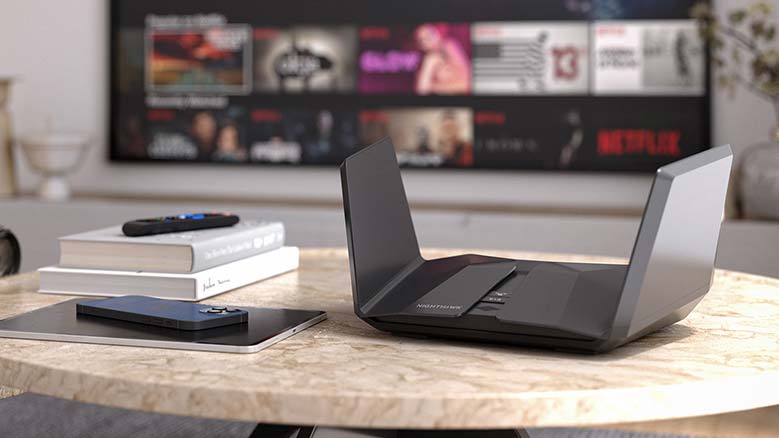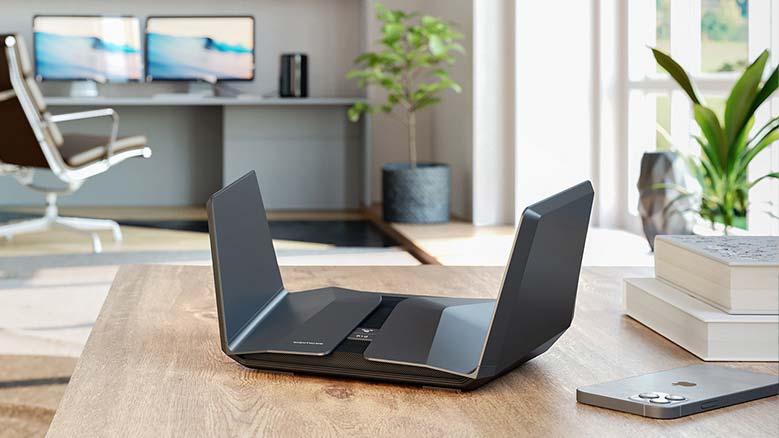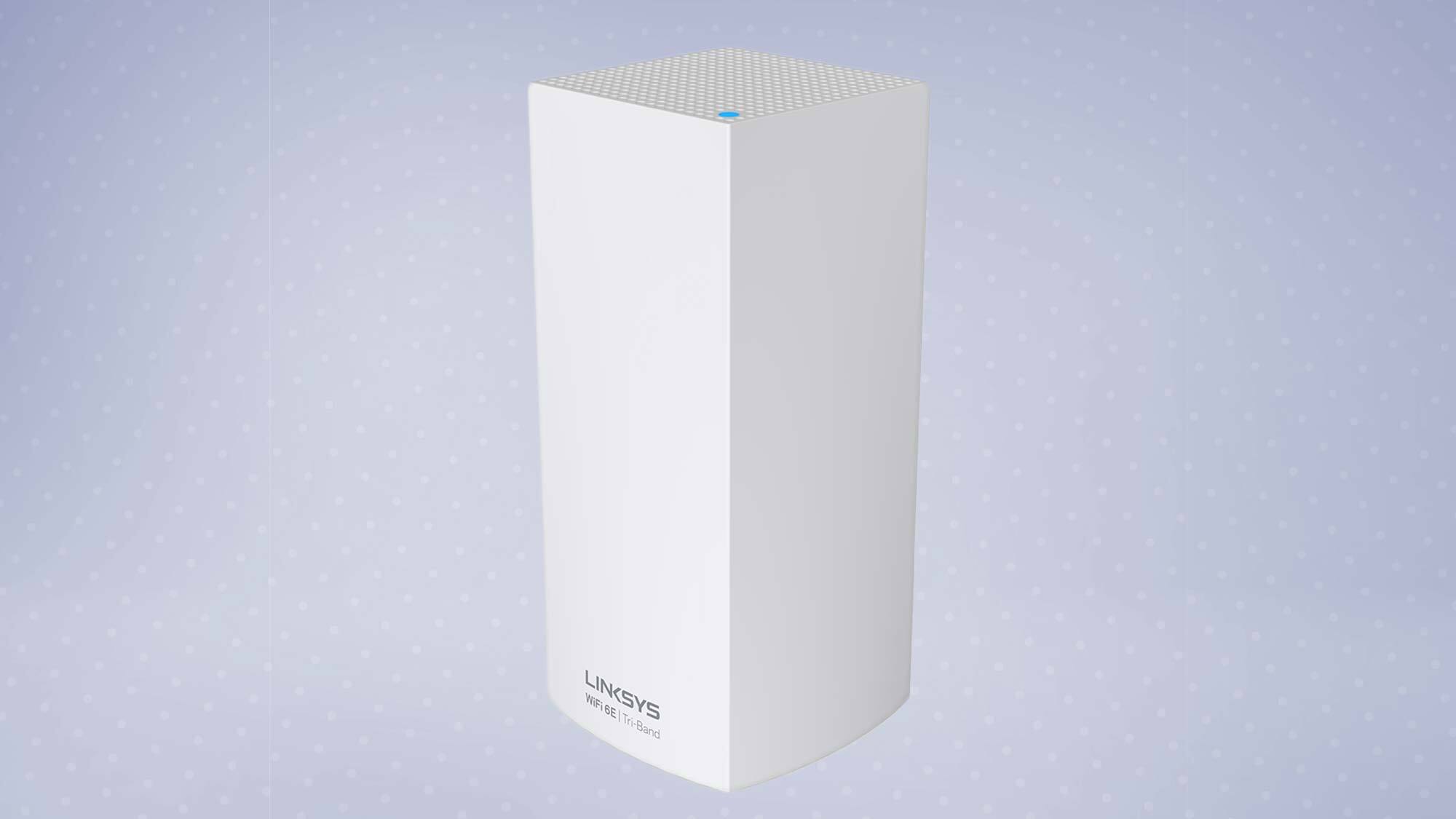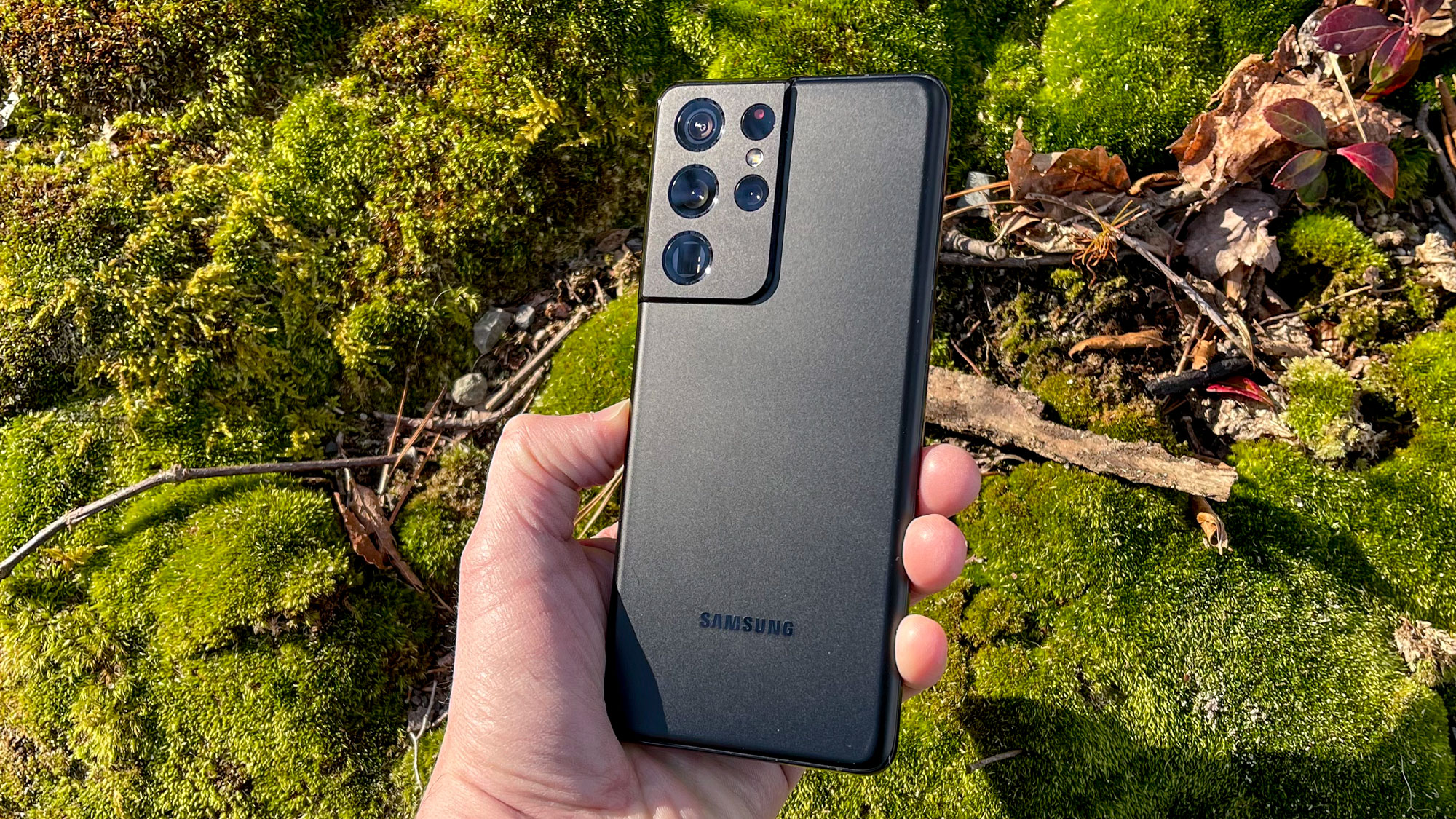What is Wi-Fi 6E: Routers, devices and how it’s better than Wi-Fi 6
Wi-Fi 6e adds support for the 6GHz wireless spectrum

Only a year after the release of Wi-Fi 6, Wi-Fi 6E has arrived with even more power to change the way you think about and use wireless data. The latest wireless standard adds a new 6GHz transmission band while also opening up a slew of high-performance data channels.
With a maximum theoretical speed of 3.6Gbps according to Qualcomm, Wi-Fi 6E can significantly boost data delivery to new levels. Unfortunately though, the latest wireless standard suffers from limited range.
What is Wi-Fi 6E?
Based on the Institute of Electrical and Electronics Engineers (IEEE) 802.11ax specification, Wi-Fi 6E opens up 1.2GHz of high frequency spectrum from 5.925- to 7.125GHz for moving huge gobs of data. This makes it the biggest addition to Wi-Fi since the original 802.11b gear came out more than 20 years ago.

“This is a gigantic leap forward for Wi-Fi,” says Kevin Robinson, senior vice president for marketing at the Wi-Fi Alliance. “It pushes performance to the limit and can help enable new uses.”
In addition to all-out online gaming and more easily viewing 8K online videos, Wi-Fi 6E can help keep videoconferencers from staring at frozen faces and opens up new vistas in telemedicine as well as augmented and virtual reality. (Meanwhile, Wi-Fi 7 devices won't be available until later this year at the earliest.)
Wi-Fi 6 vs. Wi-Fi 6E
A look inside the Wi-Fi 6E spec shows there are several key performance updates. In addition to a low latency design that will make gamers drool, Wi-Fi 6E can tolerate interference better and adds more than 100 new data channels compared to Wi-Fi 6. In fact, it offers seven extra ultra-wide 160MHz channels – up from Wi-Fi 6’s single usable 160MHz channel.
While it matches Wi-Fi 6 with an overall bandwidth of 9.6Gbps, WiFi-6e can help users frustrated with low throughput by spreading the data out over a wider swath of spectrum by using the 2.4-, 5- and now the 6GHz bands. Think of Wi-Fi 6E as a cascade of data: up close to the router, 6GHz’s peak performance will dominate, then it will automatically switch over to 5GHz as you go down the hallway and finally rely on 2.4GHz for long range connections.
Sign up to get the BEST of Tom's Guide direct to your inbox.
Get instant access to breaking news, the hottest reviews, great deals and helpful tips.
“Wi-Fi 6E will be most beneficial in areas where high-speed data is most important,” adds the Wi-Fi Alliance’s Robinson. “It will provide an extra punch of performance.”
Is Wi-Fi 6E readily available now?
The wait for Wi-Fi 6E equipment has already been much shorter than earlier wireless data specs. That’s because some of it is already here. The first Wi-Fi 6E routers have already started selling and we'll begin to see more Wi-Fi 6E routers and mesh systems throughout this year.
After that, Wi-Fi 7 is on the way. The details are still being worked out, but it will be based on the 802.11be’s Extremely High Throughput (EHT) technology. This next-gen spec has promise to further lower latency, while raising available bandwidth and making sure everyone at home has access to all the data they want.
But these changes are all in the developmental stages, and we don't expect to see Wi-Fi 7 arriving to consumer products until next year, making Wi-Fi 6E the biggest standard change to watch for in the coming years.
Wi-Fi 6E routers
On the router side of the 6e equation, there are chips available from Intel, Broadcom, Qualcomm and others that will be used to create a new generation of routers. However, device makers are already working on Wi-Fi 7 routers as we saw in our roundup of the best Wi-Fi routers of CES 2023.

The first three products introduced were the Asus ROG Rapture GT-AXE11000, the Linksys AXE8400 mesh system and the Netgear Nighthawk RAXE500.

All are tri-band premium devices that will sell for between $450 for a conventional router and $1,200 for a three-piece mesh networking kit.
Wi-Fi 6E devices
At the receiving end, the Samsung Galaxy S21 Ultra phone has Wi-Fi 6E built in and the new wireless standard is showing up in even more devices now.

The good news is that the Wi-Fi Alliance has certified that new Wi-Fi 6E gear will not only work with existing systems but a new generation of wireless gear. At the moment, there are already hundreds of Wi-Fi 6E products, from routers, laptops and tablets to phones and augmented reality headsets.

Anthony Spadafora is the managing editor for security and home office furniture at Tom’s Guide where he covers everything from data breaches to password managers and the best way to cover your whole home or business with Wi-Fi. He also reviews standing desks, office chairs and other home office accessories with a penchant for building desk setups. Before joining the team, Anthony wrote for ITProPortal while living in Korea and later for TechRadar Pro after moving back to the US. Based in Houston, Texas, when he’s not writing Anthony can be found tinkering with PCs and game consoles, managing cables and upgrading his smart home.
